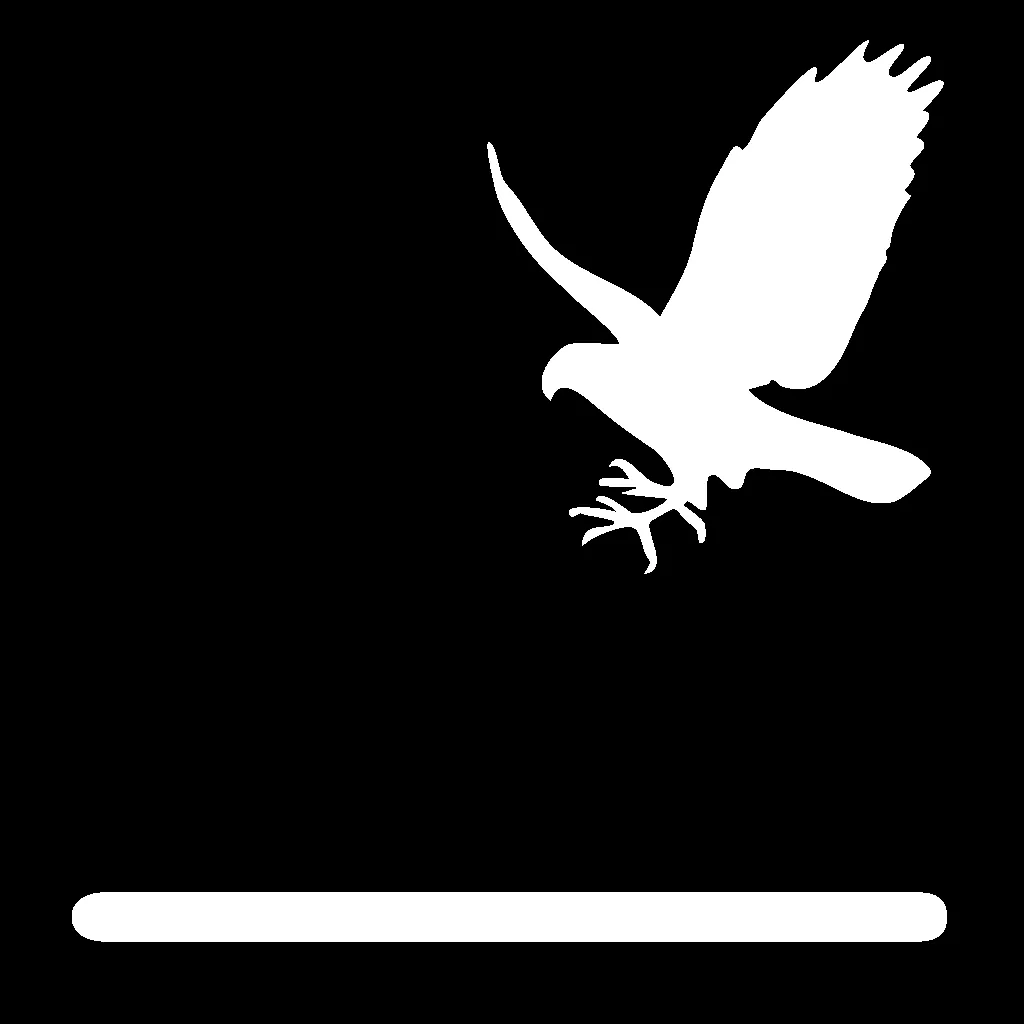The Eastern Screech-Owl (Megascops asio) is a versatile and adaptable bird found across a wide range of North American landscapes. This small, nocturnal owl thrives in diverse environments, making it a common sight for bird enthusiasts and suburban dwellers alike. Whether you’re observing them in wooded areas or urban parks, understanding their habitat preferences, food sources, nesting habits, and daily behaviors provides valuable insights into this resilient species. For more on general owl behaviour, check out our detailed overview.
Habitat
Eastern Screech-Owls are highly adaptable, occupying nearly any habitat that offers sufficient tree cover for roosting and nesting. They prefer areas with tree cavities or accessible nest boxes and open understories that allow for easy hunting. These owls successfully breed in farmlands, suburban neighborhoods, and even city parks, demonstrating their cosmopolitan nature.
From the Great Plains at the western edge of their range, they inhabit scattered wooded strips along streams and rivers. While they cannot survive in completely deforested areas, Eastern Screech-Owls quickly recolonize replanted woodlands, especially when nest boxes are provided. This adaptability highlights their resilience in human-modified landscapes.
 Forests
Forests
Food
A opportunistic predator, the Eastern Screech-Owl consumes a broad diet of small animals, showcasing its versatility as a hunter. Their menu includes birds, mammals, earthworms, insects, crayfish, tadpoles, frogs, and lizards, with mammals like rats, mice, squirrels, moles, and rabbits forming a significant portion.
Small birds such as flycatchers, swallows, thrushes, waxwings, and finches are common prey, alongside larger species including jays, grouse, doves, shorebirds, and woodpeckers. Agile enough to catch bats in flight or snatch prey from shallow water, these owls occasionally exhibit cannibalism. When food is abundant, they cache excess prey in tree holes for up to four days, ensuring a steady supply.
 Small Animals
Small Animals
Nesting
Nest Placement
Eastern Screech-Owls rely on existing cavities for nesting, as they do not excavate their own holes. They utilize tree cavities created by woodpeckers, fungi, rot, or squirrels, often taking over abandoned woodpecker nests. These adaptable birds readily accept nest boxes designed for species like Wood Ducks or Purple Martins and have been found nesting in woodpiles, mailboxes, or ground-level crates.
This dependence on natural or artificial cavities underscores the importance of preserving mature trees and providing supplemental nesting options in their habitats.
 Cavity
Cavity
Nest Description
No actual nest is constructed; the female simply lays eggs on the debris at the cavity bottom, such as wood chips, twigs, or remnants from prior nests. She forms a shallow depression with her body to cradle the eggs securely.
Nesting Facts
| Aspect | Details |
|---|---|
| Clutch Size | 2-6 eggs |
| Number of Broods | 1 brood |
| Egg Length | 1.3-1.4 in (3.4-3.6 cm) |
| Egg Width | 1.1-1.2 in (2.9-3 cm) |
| Incubation Period | 27-34 days |
| Nestling Period | 26-30 days |
| Egg Description | White |
| Condition at Hatching | Covered in white down; eyes closed |
Behavior
Primarily nocturnal, Eastern Screech-Owls also hunt at dawn, dusk, or occasionally daytime. They employ a sit-and-wait strategy from perches 6-10 feet high, pouncing on prey below or snatching insects and bats mid-air. Flights to capture fish or tadpoles involve talons-first dives into shallow water, with most hunts covering short distances under 75 feet. Their travel between perches follows a distinctive U-shaped flight pattern: drop, glide straight, then rise.
These owls form stable pair bonds, typically monogamous but sometimes polygynous with one male tending two females. Males defend territories with multiple roost cavities. During nesting, the female remains in the cavity, fed by the male, who also helps tear prey for nestlings. Fledglings initially hop to the ground or branches, climbing back using wings and feet. They remain dependent on parents for 8-10 weeks post-fledging, gradually learning to hunt independently while roosting communally. For insights into similar species, explore blue and gold macaw behavior.
 Aerial Dive (ground/talons)
Aerial Dive (ground/talons)
Conservation
Despite their nocturnal habits complicating population surveys, the North American Breeding Bird Survey indicates a gradual decline of about 1% annually, totaling 37% from 1966 to 2019. Partners in Flight estimates a global breeding population of 560,000, rating it 10/20 on the Continental Concern Score, classifying it as low concern.
As generalists with flexible diets and nesting, Eastern Screech-Owls thrive alongside humans. Suburban populations often fare better due to abundant prey, milder weather, and reduced predators. They require trees or nest boxes with brushy cover, but their small size, territorial flexibility, and varied diet ensure survival.
 Low Concern
Low Concern
In summary, the Eastern Screech-Owl exemplifies adaptability in habitat, diet, nesting, and behavior, making it a resilient species amid changing landscapes. Birdwatchers and conservationists can support them by installing nest boxes and preserving wooded areas. Consult resources from the Cornell Lab of Ornithology for hands-on involvement, and explore more wildlife guides on our site for deeper insights.
References
- Lutmerding, J. A. and A. S. Love. (2020). Longevity records of North American birds. Version 2020. Patuxent Wildlife Research Center, Bird Banding Laboratory 2020.
- Partners in Flight. (2020). Avian Conservation Assessment Database, version 2020.
- Ritchison, G., F. R. Gehlbach, P. Pyle, and M. A. Patten (2020). Eastern Screech-Owl (Megascops asio), version 1.0. In Birds of the World (P. G. Rodewald, Editor). Cornell Lab of Ornithology, Ithaca, NY, USA.
- Sauer, J. R., D. K. Niven, J. E. Hines, D. J. Ziolkowski Jr., K. L. Pardieck, J. E. Fallon, and W. A. Link (2019). The North American Breeding Bird Survey, Results and Analysis 1966–2019. Version 2.07.2019. USGS Patuxent Wildlife Research Center, Laurel, MD, USA.
- Sibley, D. A. (2014). The Sibley Guide to Birds, second edition. Alfred A. Knopf, New York, NY, USA.
Learn more at Birds of the World
